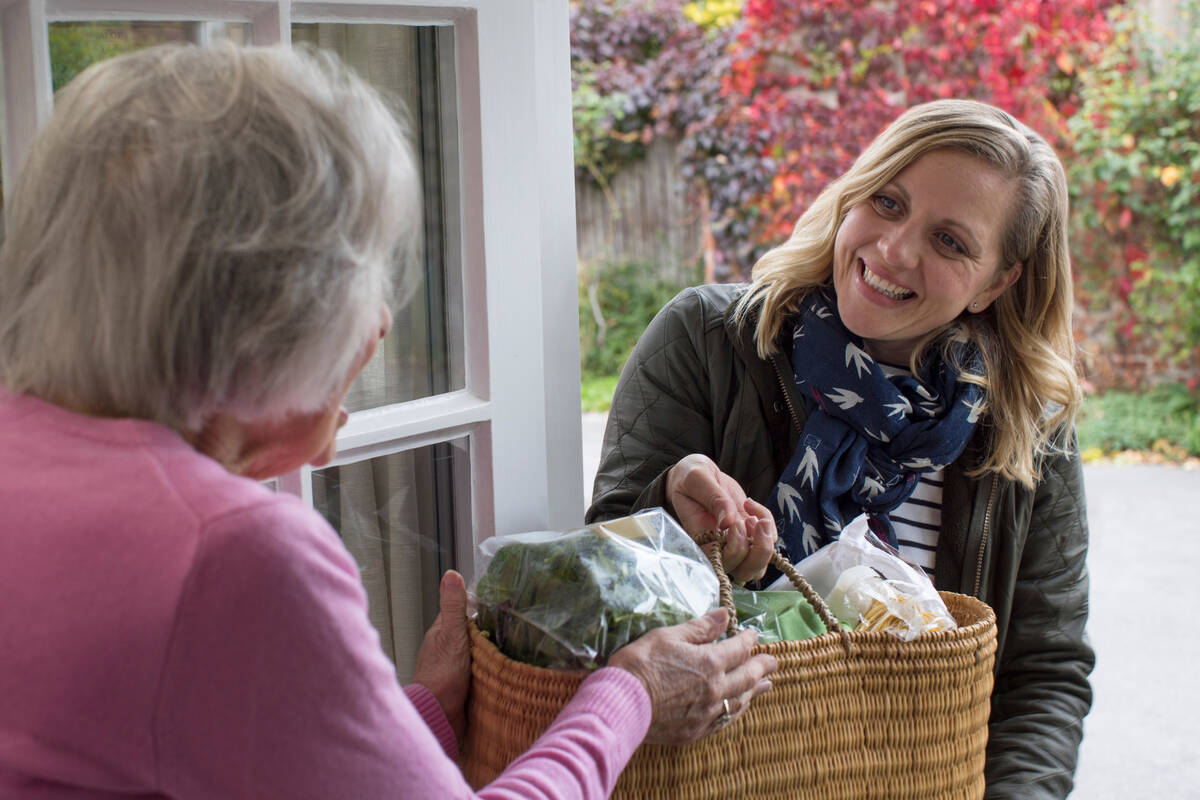Savvy Senior: Tips for long-distance caregivers
Dear Savvy Senior: What tips do you recommend for long-distance caregivers? I help take care of my stubborn 86-year-old mother, who still lives at home about 150 miles from me. — Need Advice
Dear Need Advice: Providing care and support for an aging parent who lives far away can present a variety challenges that can make the job difficult and stressful. Here are some tips and resources that might help.
Long-distance caregiving
When it comes to monitoring and caring for an aging parent from afar, you have a couple of options. You can hire a professional to oversee your mom’s needs or you can manage things yourself by building a support system, tapping into available resources, and utilizing technology devices that can help you keep tabs on her.
If your mom needs a lot of help, you should consider hiring a geriatric care manager who will give her a thorough assessment to identify her needs and will set up and manage all aspects of her care. But geriatric care managers are expensive, typically charging $100 to $250 per hour after an initial assessment of $150 to $750, and are not covered by Medicare.
To find a geriatric care manager in your mom’s area, visit AgingLifeCare.org or contact the nearest Area Agency on Aging (call 800-677-1116) to see if they have a list of providers.
If your mom needs only occasional help, or if you can’t afford to use a care manager, here are some things you can do yourself to help her.
Create a care team: Put together a network of people (nearby friends or family, neighbors, clergy, etc.) who can check on your mom regularly, and whom you can call on from time to time for occasional help. Also, put together a list of reliable services you can call for household needs like lawn care, handyman services, plumber, etc.
Tap local resources: Most communities offer a range of free or subsidized services that can help seniors with basic needs such as home-delivered meals, transportation, senior companion services and more. Contact the nearby Area Aging Agency to find out what’s available.
Use financial tools: If your mom needs help with her financial chores, arrange for direct deposit for her income sources, and set up automatic payments for her utilities and other routine bills. You can also set up her online banking service, so you can pay bills and monitor her account anytime. Or, if you need help, hire a daily money manager (AADMM.com) to do it for you. They charge $25 to $100 per hour.
Check essential documents: This is also a good time to make sure your mom has the following essential legal documents: a will; a living will and health care proxy, which allows you to make medical decisions on her behalf if she becomes incapacitated; and a durable power of attorney, which gives you similar legal authority for financial decisions, if needed.
If she doesn’t have these documents prepared, now is the time to make them. And if they are prepared, make sure they’re updated and know where they are located.
Hire in-home help: Depending on your mom’s needs, you may need to hire a part-time home care aide who can help with things like preparing meals, housekeeping or personal care. Costs can run from $12 up to $25 per hour. To find someone, try websites like Care.com or CareLinx.com.
Utilize technology: To help you keep tabs on your mom from afar, there are various technologies that can help. For example, there are medical alert systems, video camera monitors, wearable activity trackers, and electronic pill boxes that can notify you if she has taken her medications. And to help you coordinate her care with members of her care team, there are websites like LotsAHelpingHands.com.
For more tips, call the National Institute on Aging at 800-222-2225 and order their free booklet “Long-Distance Caregiving: Twenty Questions and Answers.”
Send your senior questions to: Savvy Senior, P.O. Box 5443, Norman, OK 73070, or visit SavvySenior.org.


















